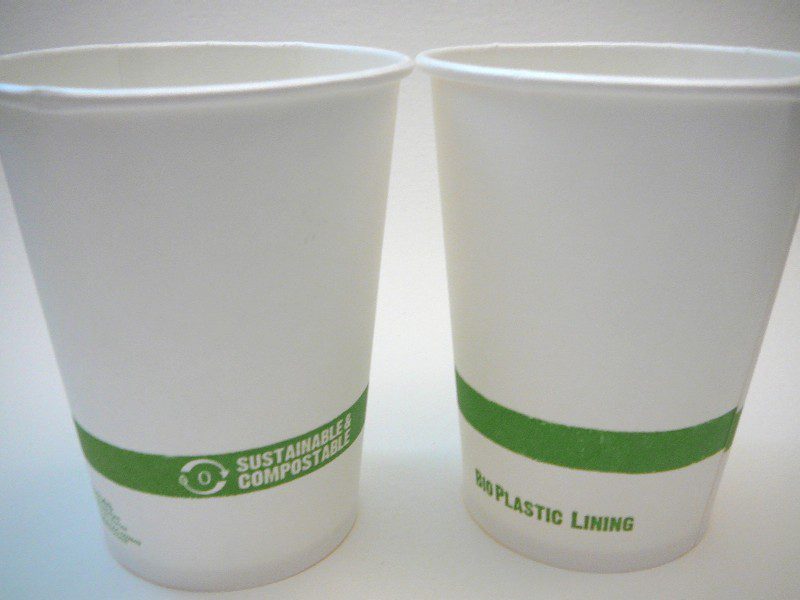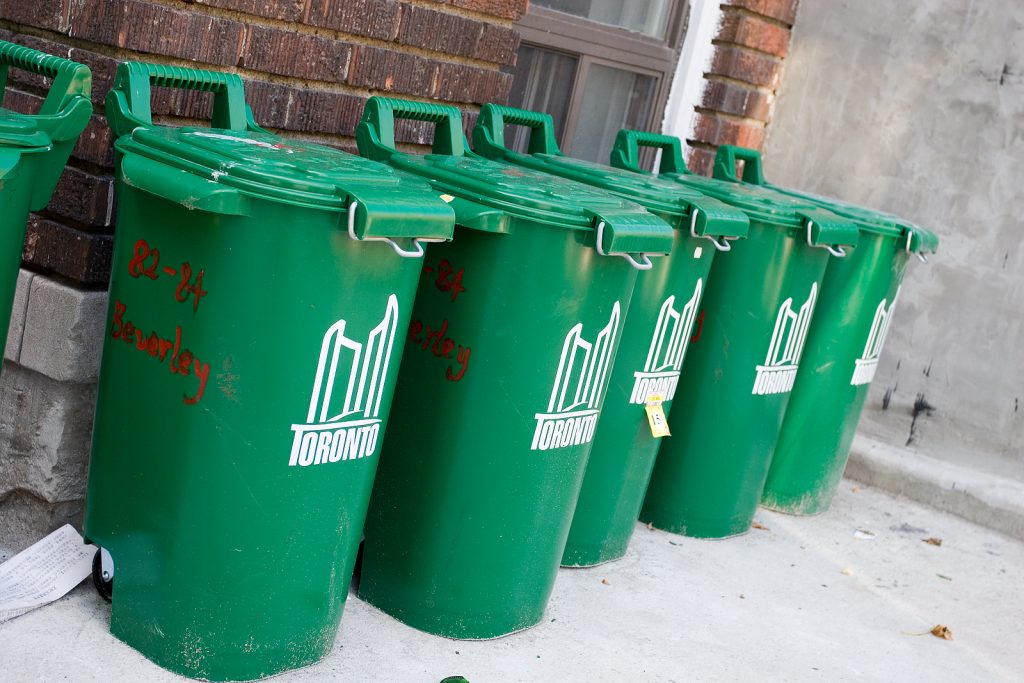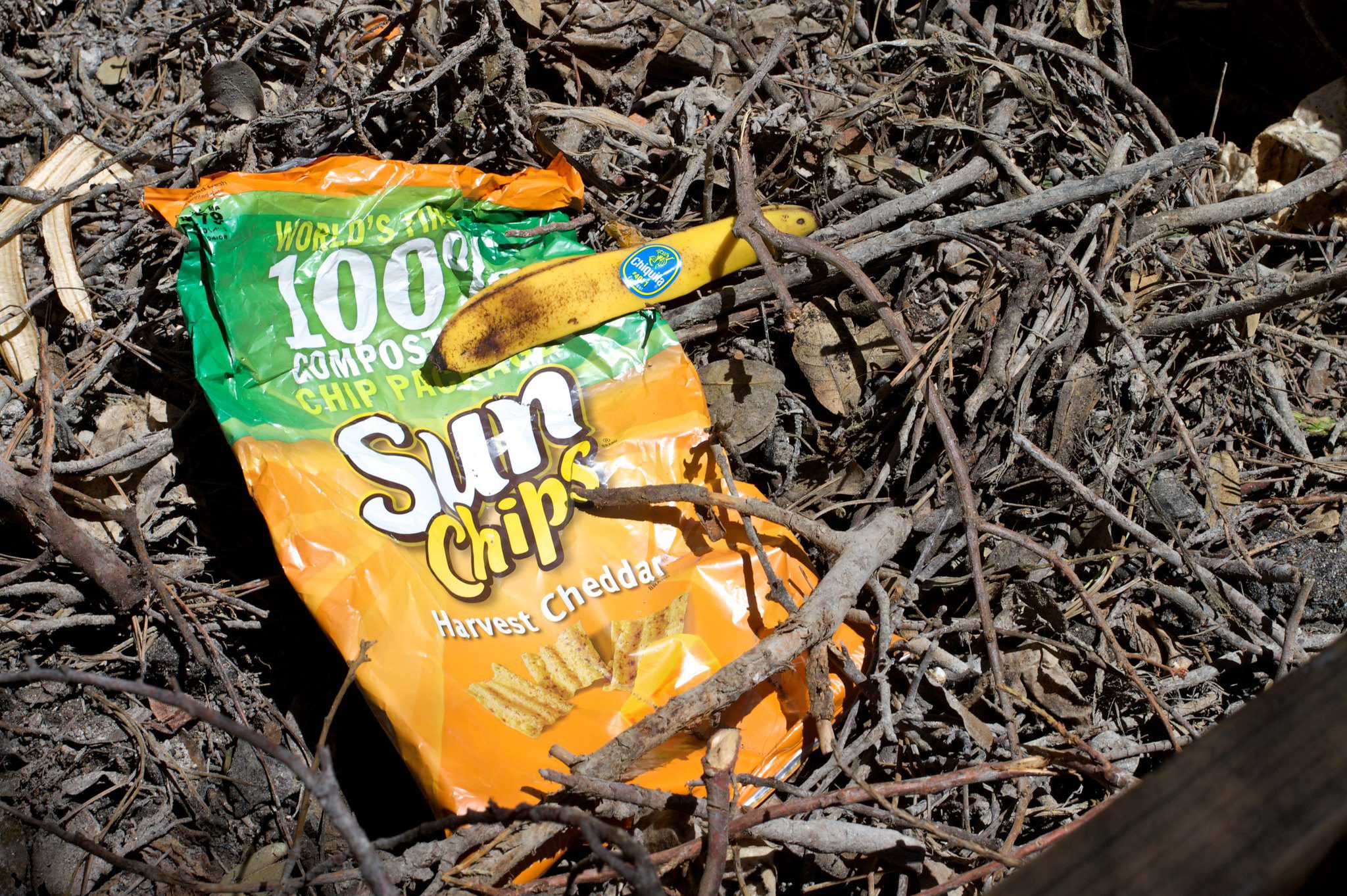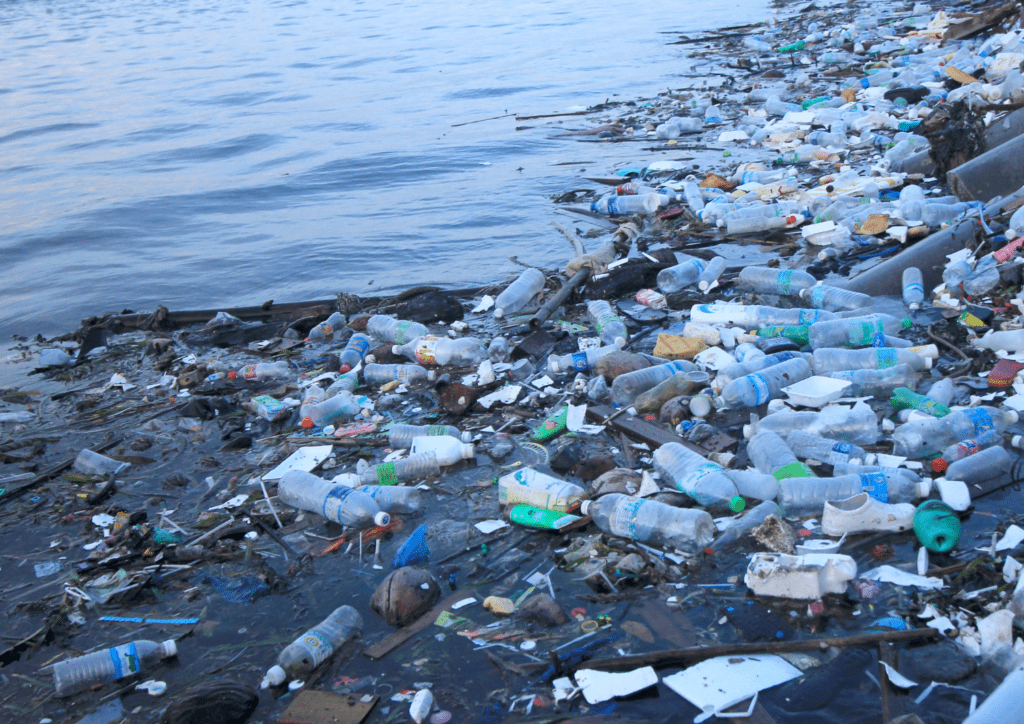More and more, consumers are seeing compostable plastic items—from plates and cutlery to garbage bags and coffee pods—on store shelves. But are these items a solution to the plastic pollution crisis or just more greenwashing?
To find out some answers, we reached out to Zamry Jamaludin, who has a PhD in chemical engineering from McMaster University. His research helps municipalities around the world effectively manage their waste, generate revenue from renewable energy production, and minimize environmental impact.
Q: What are compostable and biodegradable plastics? What are they made of?

Zamry: Compostable plastics are manufactured from plant-based materials, but look and feel like conventional plastics produced from petrochemicals of fossil fuel origins. Ideally, compostable plastics are designed to be broken down by microorganisms into natural substances (like compost, carbon dioxide and water) in a well-controlled composting environment within a predetermined time frame.
Biodegradable plastics refer to materials that can be broken down by fungi, bacteria or microbes, but without a specified time frame. These plastics can be derived from plant- or petroleum-based feedstocks, or a mixture of both. Unlike compostable products, biodegradable plastics can leave behind toxic residue and do not enhance soil quality.
Q: Are compostable and biodegradable the same thing?
Zamry: Compostable and biodegradable are not the same thing. Composting is an accelerated decomposition process. Under specific conditions, compostable products are designed to break down relatively quickly into organic material, carbon dioxide and water. For this to happen, industrial and commercial composting facilities need to control parameters such as temperature, carbon-to-nitrogen ratio, humidity and air supply, so that aerobic microorganisms decay the organic materials without leaving any toxic material behind. Efficient composting processes can be completed within two to six months. In comparison, naturally occurring biodegradation can take years, decades or even centuries.
Q: People think that because something is “compostable” it can go in their municipal Green Bin. But that’s not the case, right? Why is that?

Zamry: Most municipalities, including Toronto and Vancouver, do not accept compostable plastics in their green bins. In typical composting facilities, there is a sorting step to remove non-compostable contaminants such as metal, glass and plastic. The sorting is carried out based on differences in physical characteristics and appearances between plastics and organic material. Because compostable plastics look identical to conventional ones, compostable plastics are often removed by sorting machines or human operators.
Also, compostable plastics, even the ones engineered from plant-based materials, often do not decompose at the same rate as other organic materials (i.e. household food waste, yard trimmings, or soiled paper products). For example, household food waste treated in municipal composting facilities typically degrades completely after 20-40 days at 60 °C. By comparison, compostable plastics may require more time and higher heat to break down.
Finally, the physical durability of compostable plastic materials can cause operational problems in composting facilities. Plastic can get wrapped around augers, causing mechanical wear-and-tear and jamming up equipment.
Q: Can you put compostable plastics in your backyard compost?
Zamry: I wouldn’t recommend it. Backyard composting typically does not achieve the efficient composting conditions required to breakdown compostable plastics in a timely manner. For example, large-scale commercial composters are maintained at around 60°C, whereas small-scale home composting systems typically reach temperatures of lower than 40°C. Commercial composters also shred, mix and aerate the material, while home composting is usually done in small piles, or rotating barrels where mixing is limited.
Q: Do compostable plastics biodegrade in the landfill?

Zamry: The short answer is yes. If compostable plastics are placed in open landfills where oxygen is available, they will eventually decompose with other biodegradable materials. However, it is an extremely slow process and may take years, decades or even centuries.
Aerobic microorganisms, oxygen, moisture, heat and appropriate carbon-to-nitrogen ratios are all essential parts of the composting process, but they aren’t often the conditions in a typical landfill. That means that if compostable plastics end up in the landfill, they will persist for a very long time. For example, you can still find super old newspapers in readable condition in landfills.
Q: What happens if compostable plastics end up in the Blue Box?
Zamry: In this case, the compostable plastics contaminate the Blue Box. At recycling facilities, it’s difficult to separate traditional, recyclable plastics from compostable ones.
As we mentioned earlier, compostable plastics are designed to look and feel like regular plastics. Most sorting machines and human operators find it difficult to differentiate between the two – compostable and not. When sorting errors happen, and compostable plastics get bailed with traditional, recyclable plastics, compostable plastics end up reducing the overall value of the bail, because they and don’t behave like the other plastic and can’t withstand the recycling process.
Q: It sounds like there are a lot of challenges with using compostable plastics. Are there any better solutions to help solve the plastics crisis?

There is no silver bullet when it comes to solving the plastics crisis. There is an urgent need to reduce the amount of plastic waste that is generated and create incentives to design products and packaging that are durable, reusable, and can be recycled as many times as possible when they reach the end of their useful life. All levels of government and industry have a role to play in implementing actions that move us toward a zero plastic waste future.
If you think Canada should be doing more to fight plastic pollution, sign Environmental Defence’s petition urging the federal government to take immediate action.









